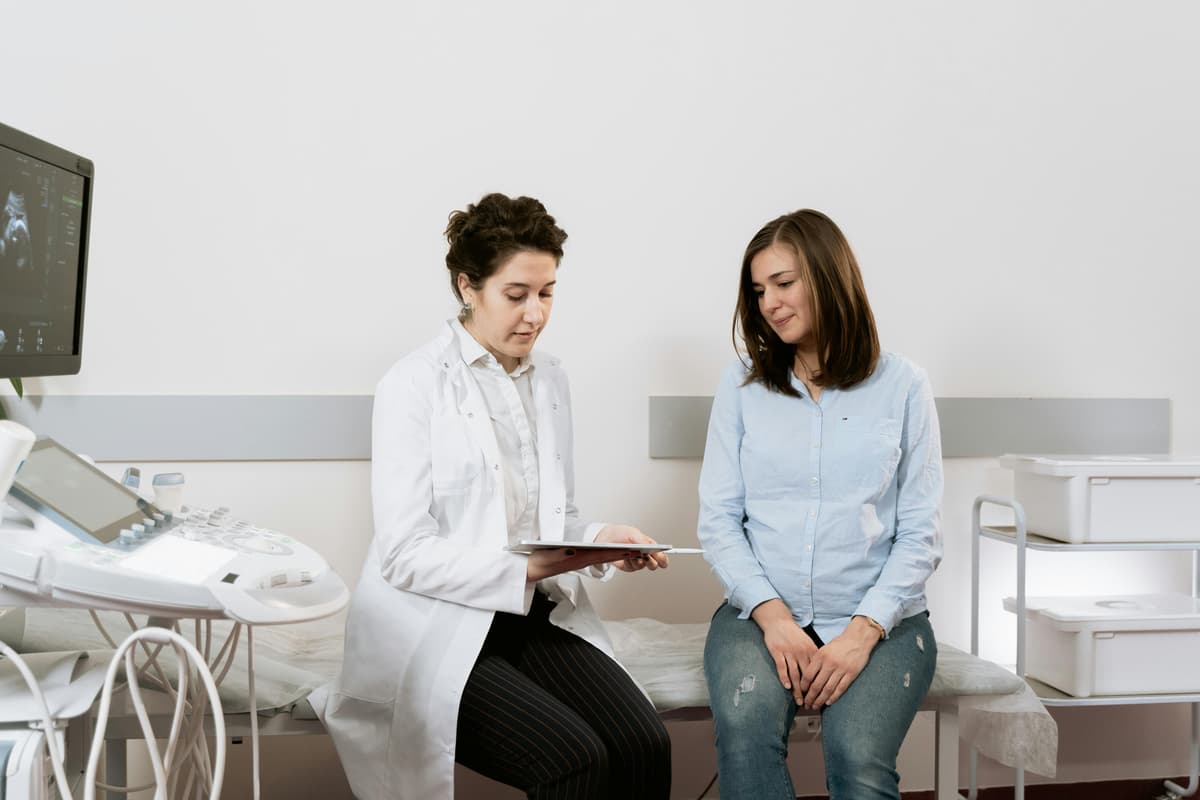
Embarking on the journey of parenthood comes with many joys and responsibilities, including ensuring the health and well-being of your growing baby. Prenatal testing such as chorionic villus sampling (CVS) plays a vital role in providing expectant parents with valuable insights into their baby’s development, particularly when it comes to detecting genetic conditions and chromosomal abnormalities early on. In this blog post, we delve into the intricacies of CVS, exploring what it entails, why it’s recommended, the risks involved, and what to expect during the procedure. Whether you’re considering prenatal testing options or seeking a deeper understanding of CVS, continue reading to unravel the complexities of this important prenatal diagnostic tool.

Chorionic villus sampling (CVS) is a prenatal diagnostic procedure used to obtain a sample of chorionic villi, which are tiny finger-like projections on the placenta. These villi contain genetic material from the developing fetus and can be analyzed to detect chromosomal abnormalities, genetic disorders, and other conditions. CVS is capable of identifying chromosomal abnormalities like Down syndrome and genetic disorders such as cystic fibrosis.
During pregnancy, the placenta supports the fetus by supplying nutrients and oxygen while eliminating waste from the fetal bloodstream. Chorionic villi are delicate structures within the placenta that mirror the fetus’s genetic composition. While CVC provides crucial insights into fetal health, understanding the associated risks and preparing for potential outcomes is essential.
Chorionic villus sampling (CVS) is recommended as a prenatal diagnostic procedure due to its ability to detect genetic disorders and chromosomal abnormalities in the developing fetus. It is typically advised in situations where there is a heightened risk of such conditions, ensuring that expectant parents have comprehensive information about their baby’s health early in the pregnancy.
The procedure is especially recommended for women of advanced maternal age, typically 35 years or older at the time of delivery. Advanced maternal age increases the risk of chromosomal abnormalities like Down syndrome, making early detection through CVS crucial for informed decision-making.
Furthermore, couples with a history of genetic disorders or chromosomal abnormalities in previous pregnancies may opt for CVS to assess the risk in subsequent pregnancies. This proactive approach allows healthcare providers to offer appropriate support and interventions if necessary, ensuring the best possible outcome for the baby and the family.
In cases where routine prenatal screening tests, such as ultrasound or blood tests, indicate a higher likelihood of genetic disorders, CVS provides a more detailed analysis of the fetal genetic makeup. This comprehensive information helps parents and healthcare providers plan for any necessary medical interventions or support services.
Overall, chorionic villus sampling is recommended during the 10th to 13th weeks of pregnancy due to its ability to detect a wide range of genetic conditions early on, empowering parents with vital information and enabling them to make informed decisions about their pregnancy journey.

Chorionic villus sampling (CVS) is a valuable prenatal diagnostic tool, but like any medical procedure, it carries certain risks that expectant parents should be aware of. Understanding these risks is crucial for making informed decisions about whether to undergo CVS.
Despite these risks, it’s important to note that CVS remains a highly accurate method for detecting genetic conditions and chromosomal abnormalities early in pregnancy. Healthcare providers discuss these risks with expectant parents before the procedure, allowing them to weigh the potential benefits against the risks and make informed decisions based on their unique circumstances and medical history.
On the day of the CVS procedure, you will be positioned comfortably on an examination table. For a transabdominal CVS, you’ll likely lie down, while a transcervical CVS may require a gynecological position. Local anesthesia is commonly used to numb the area where the sample will be collected, ensuring your comfort during the procedure.
A thin tube or needle is carefully inserted either through the cervix (transcervical CVS) or the abdomen (transabdominal CVS) to reach the placenta. The healthcare provider then collects a small sample of chorionic villi, either by gently suctioning them or by snipping them with specialized instruments.
After the sample is obtained, you may rest briefly and be monitored for any immediate post-procedure complications, such as mild cramping or minimal bleeding. Your healthcare provider will provide detailed instructions for post-procedure care, which may include avoiding strenuous activities for a brief period and monitoring for any unusual symptoms.
The results are available within a week or two, depending on the specific tests performed. Once the results are ready, you’ll have a follow-up appointment with your healthcare provider to discuss the findings and any further steps based on the results. Throughout the entire process, healthcare providers prioritize your comfort, safety, and informed decision-making.